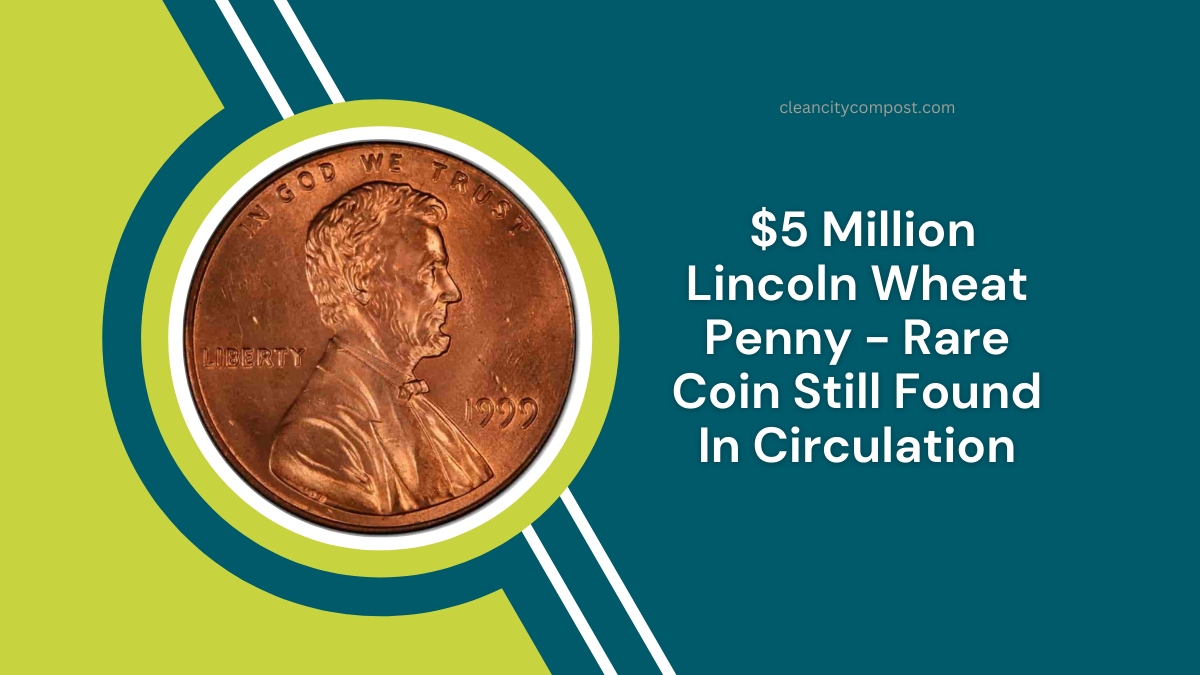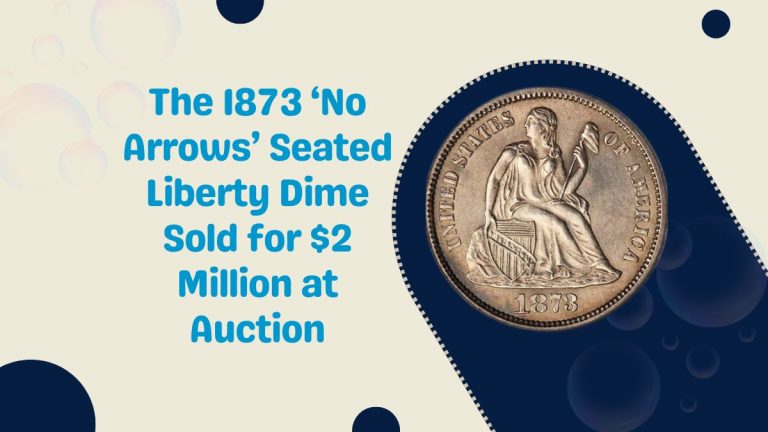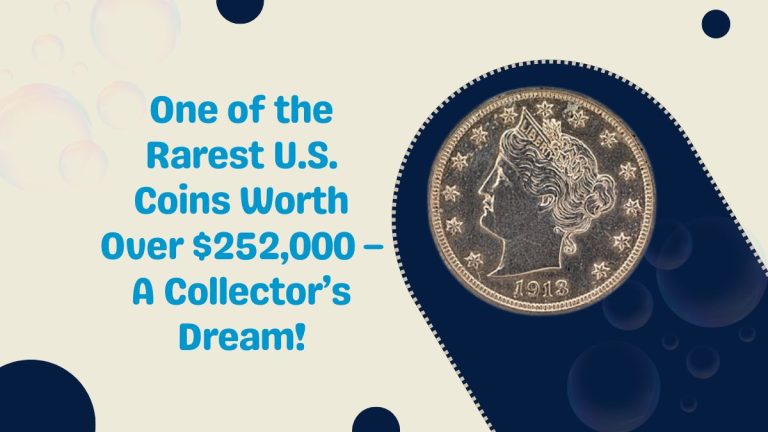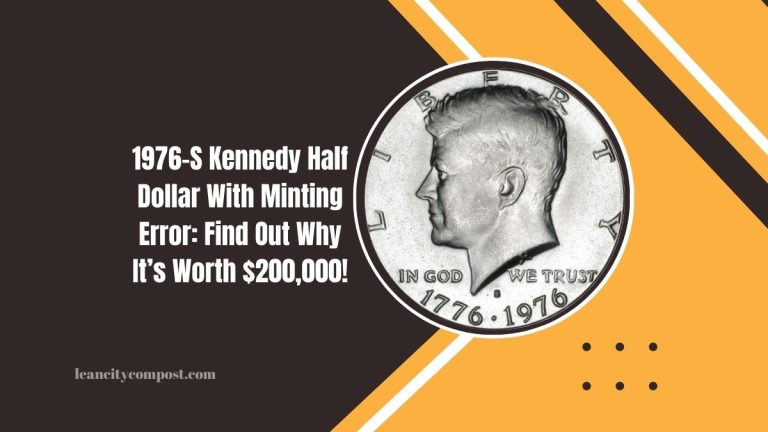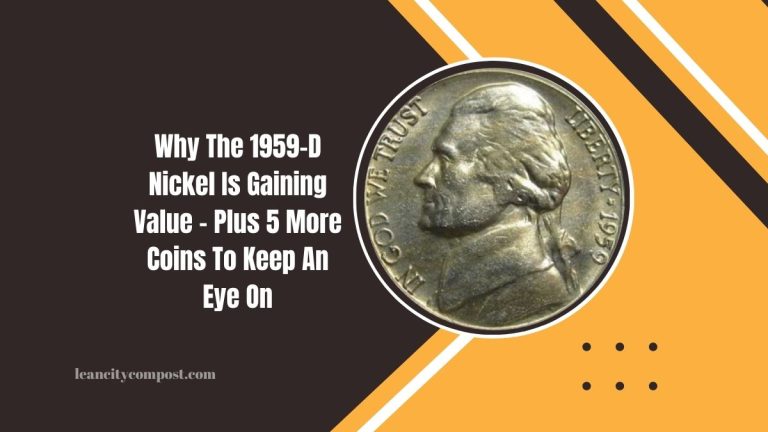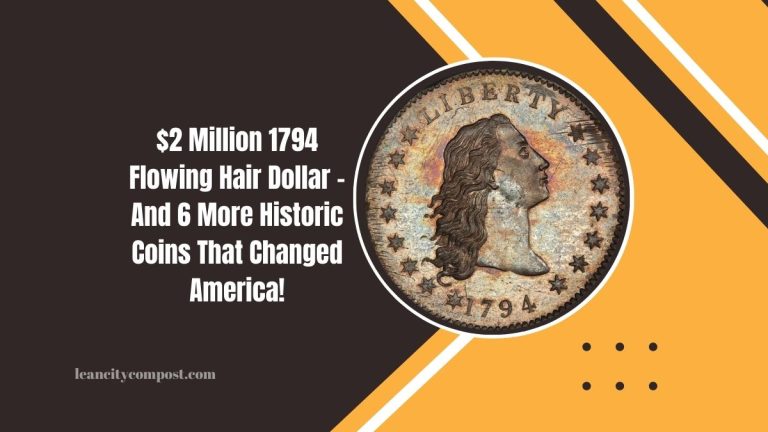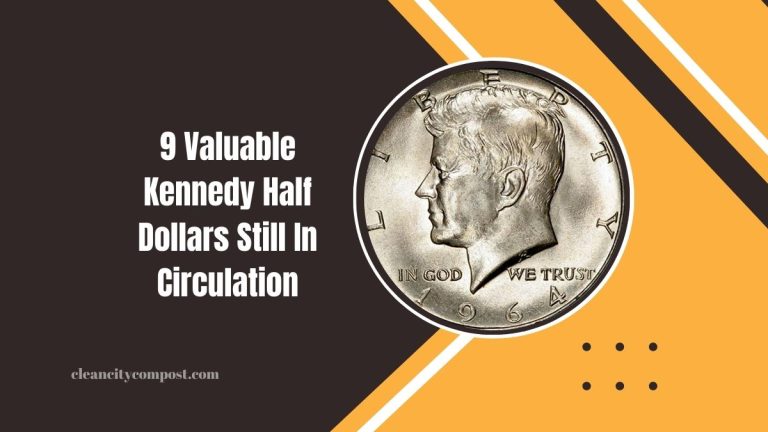$5 Million Lincoln Wheat Penny – Rare Coin Still Found In Circulation
The Lincoln Wheat Penny, a coin introduced in 1909 to mark Abraham Lincoln’s 100th birthday, holds a special place in American numismatics.
While no longer in production since 1958, certain versions of this penny have grown in value significantly.
Rare errors and limited mintage can push these pennies’ worth to millions, making them a collector’s dream. Let’s explore the factors that contribute to their immense value.
Million-Dollar Mistakes
One of the most famous and valuable versions of the Lincoln Wheat Penny is the 1943 copper penny. These were produced by accident during World War II when steel was used for pennies instead of copper.
The few copper pennies that were struck by mistake have since become incredibly rare, and their price has soared beyond $1 million. This demonstrates how minting errors can dramatically increase the value of coins.
Rarity and Production
Some Lincoln Wheat Pennies are considered highly valuable because of their rarity. For example, the 1909-S VDB penny is highly coveted due to its limited production.
Similarly, the 1955 Double Die penny, a result of a minting error, is known for its unique doubled image. This coin can sell for over $200,000, highlighting how rarity contributes to the value of specific pennies.
Value Determinants
Several factors determine the value of a Lincoln Wheat Penny. Mint marks are essential; for instance, pennies with a mint mark from San Francisco (S) often fetch higher prices.
The condition of the coin is also important, as well-preserved pennies are more valuable. Moreover, the historical context, such as coins minted during significant events like World War II, adds value. The combination of these factors leads to the discovery of some pennies worth millions.
Authentication Process
To determine whether a Lincoln Wheat Penny is worth a significant amount, one must thoroughly inspect the coin. The minting year, visible errors, and overall condition play a crucial role.
Professional authentication is necessary for high-value pieces, as even the smallest detail can impact the price significantly.
This process ensures that collectors and investors know exactly what they have on their hands before making any transactions.
Modern Relevance
Although the Lincoln Wheat Penny was discontinued in 1959, collectors and enthusiasts continue to keep an eye out for valuable specimens that may occasionally appear in circulation.
Most of these coins are either collected or preserved, but it is not impossible to find one in your change. Commemorative issues released by the U.S. Mint also help to maintain interest in the coin, ensuring its place in modern numismatics.
Investment Implications
For collectors and investors, understanding the variables that affect the value of Lincoln Wheat Pennies is crucial.
While most pennies from this series remain worth only their face value, the rare and error-filled coins have the potential to increase in value over time.
Auctions and private sales of these pennies frequently result in large sums, making them a solid investment for those in the know.
| Year | Mint Mark | Notable Error | Estimated Value | Current Market Trends |
|---|---|---|---|---|
| 1943 | Copper | Minting Error | $1 million+ | Increasing Demand |
| 1909 | S VDB | Limited Mintage | $200,000+ | Steady Growth |
| 1955 | No Mint | Double Die | $200,000+ | Strong Interest |
| 1943 | Steel | Rare Variant | $100,000+ | Appreciating Value |
FAQs
How can I identify a valuable Lincoln Wheat Penny?
A valuable Lincoln Wheat Penny can be identified through mint marks, errors in the coin’s design, and its condition. Commonly valuable examples include the 1943 copper penny and the 1909-S VDB penny.
What is the most expensive Lincoln Wheat Penny ever sold?
The most expensive Lincoln Wheat Penny ever sold was a 1943 copper penny, which fetched over $1 million at auction. This rare minting error has made it one of the most sought-after coins in history.
Are there still Lincoln Wheat Pennies in circulation?
Yes, while production of the Lincoln Wheat Penny ended in 1958, some specimens occasionally appear in circulation. However, most valuable coins are collected or preserved, with only a few remaining in daily use.

